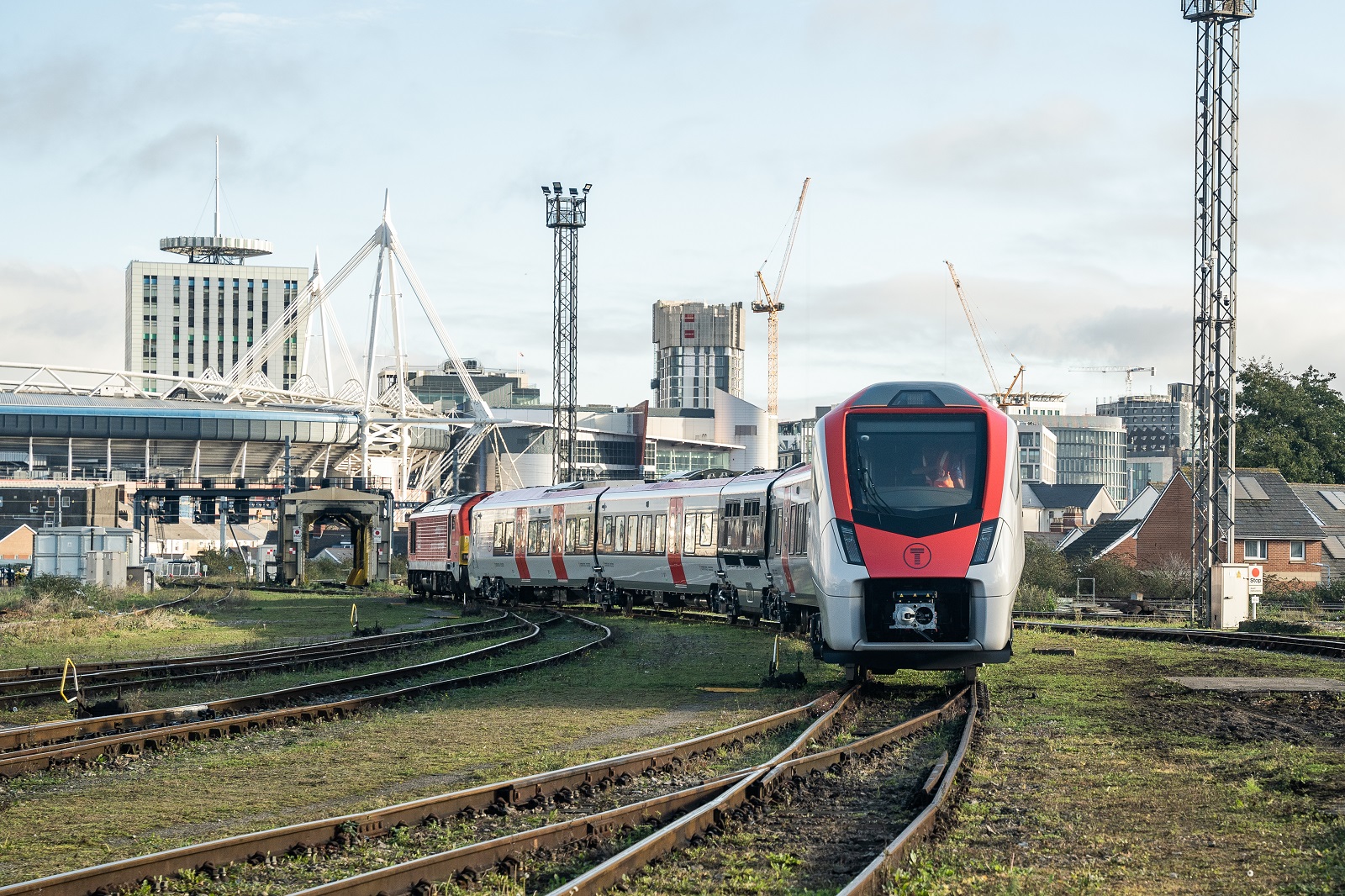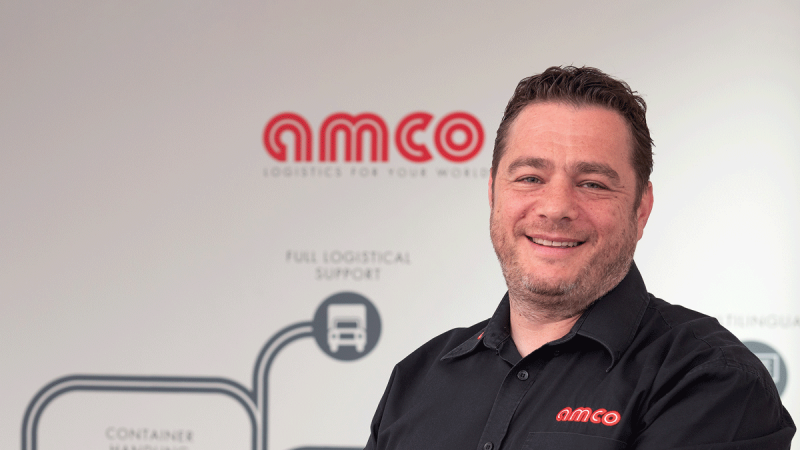Transport for Wales was established with one goal, to set up, build and run a transport network across Wales.
“We want to build a transport network that people in Wales can be proud of,” says James Price, Transports for Wales’s CEO. “We are creating a network that works for people, encapsulated by the principle, ‘one network, one ticket, one timetable’.”
It is a project that could not have come at a better time. Wales has seen historic under-investment in public and sustainable transport, and what sustainable transport options do exist are disconnected from one another, or even in direct competition. This has been exacerbated by a period of deregulation, where ticketing and timetabling from different providers do not connect with each other.
A Rural and Urban Transport Network
“We are aiming for something like Transport for London, but the big difference is that they deal with a lot more people, while we have to cover a much bigger geographic area,” Price says.
It is an area that includes the challenges and opportunities of urban density, sparse population and rurality all at once, and many of those challenges are the opposite of what you might expect.
 “It is not the case that everyone in a rural area is wealthy. There are areas of rural poverty as well as urban poverty,” Price points out. “So, from a public transport perspective we are adding a network that people can use to function in society, getting to public service appointments, getting to work, and obviously you can immediately see doing that in a dense urban area is in some ways easier than doing it in a rural area.”
“It is not the case that everyone in a rural area is wealthy. There are areas of rural poverty as well as urban poverty,” Price points out. “So, from a public transport perspective we are adding a network that people can use to function in society, getting to public service appointments, getting to work, and obviously you can immediately see doing that in a dense urban area is in some ways easier than doing it in a rural area.”
Transport for Wales’s starting points were across three broad sectors- rail, bus travel and “active travel” such as walking and cycling. Since devolution, the Welsh government and local authorities have tried to improve the network, making significant progress in the active travel area in terms of laws passed and money spent.
“The difficulty is joining it all up together to have one network right across the country,” Price says. “If you look at the bus and rail networks there is historic under-investment, caused by the deregulated markets they operate in. Rail has been privatised and buses have been deregulated for a long time.”
Chronic Underinvestment
It is a situation that has not seen much investment in the rail industry at all. Wales has the oldest rolling stock in the UK, faces poor provision of rail quality at its stations and the national rail timetable has been largely unchanged for 20 to 30 years. Meanwhile, in the bus sector providers have been competing for the most successful, meaning the most populous routes, which means resources are taken away from areas with fewer people living in them.
These are all challenges that Transport for Wales needs to solve.
“We are replacing the rail fleet, both because it was so old it failed to meet UK and European standards, but also because if we want to create a transport network people want to use, we need to provide a quality-of-service people want to use,” Price explains. “The other thing we have been doing is developing metro schemes in different parts of Wales, including Southeast Wales but also North Wales and Southwest Wales.”
One thing Transport for Wales has access to in Southeast Wales is a rich legacy of rail infrastructure in the valleys area that runs straight into the centre of Cardiff. Surprisingly, however, that infrastructure is not from passenger rail.
“It was built off the back of the coal explosion 100 years ago,” Price explains. “Only a quarter of that infrastructure is still around, but that’s still a level of rail provision not seen anywhere else in Wales.”
These tracks are all the more vital given the volume they are expected to carry. Transport for Wales is looking at a scenario where 12-13% of the track miles it has purchased were carrying 50% of the passengers pre-Covid.
 “It is the equivalent of a trunk road, not many miles but intensively used,” says Price. “Since the beginning of Covid, we have gone about renewing track, putting new track in, putting new signalling in, with the goal of building a turn-up-and-go service.”
“It is the equivalent of a trunk road, not many miles but intensively used,” says Price. “Since the beginning of Covid, we have gone about renewing track, putting new track in, putting new signalling in, with the goal of building a turn-up-and-go service.”
Transport for Wales aims to offer a minimum of four trains an hour, peaking at 13 services an hour during busy times. This will be partly run by trams, allowing the network to punch into urban centres and more difficult-to-reach communities. The organization is also implementing “smart electrification” that will make efficiency savings while creating less disruption for communities during and after construction.
Everything, Everywhere, All at Once
Transport for Wales has big plans ahead, and the challenge facing it is not just to make those plans a reality, but making those plans connect with each other, across every mode of transport. So far, the organization has made progress in that challenge by connecting the rail, long-distance bus, and active transport networks.
“Active travel is far more than a series of footpaths or tarmacked over railways. In our vision and the vision of the Welsh government, it is a network built and evolved to allow, particularly, shorter distance journeys to be made without any need for mechanized travel, but it is also a network that links up different parts of the public transport network,” Price tells us. “To date that has been easier for us because we are joining up fewer networks. As we move into controlling the bus network with our authority partners, that’s when push comes to shove and it becomes more difficult. But that is our true purpose.”
Ultimately, the goal is not to join up lots of different networks, but to build one transport network that operates across every mode of transport.
“We need to have a view of what that network is, what the timetable is. A long way down the road we will have a ticketing offer that can be used multimodally,” Price says.
The purpose of this plan is sustainability, getting people out of their cars and onto public transport by creating a viable alternative. It is a plan that paints a bright future for Welsh transport, but more than that, the rest of the UK will be paying close attention and considering whether to follow its example.






